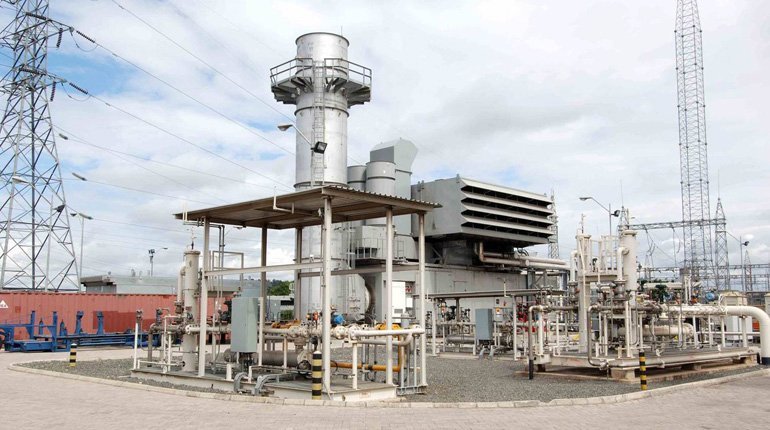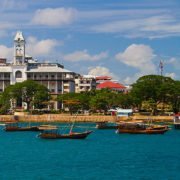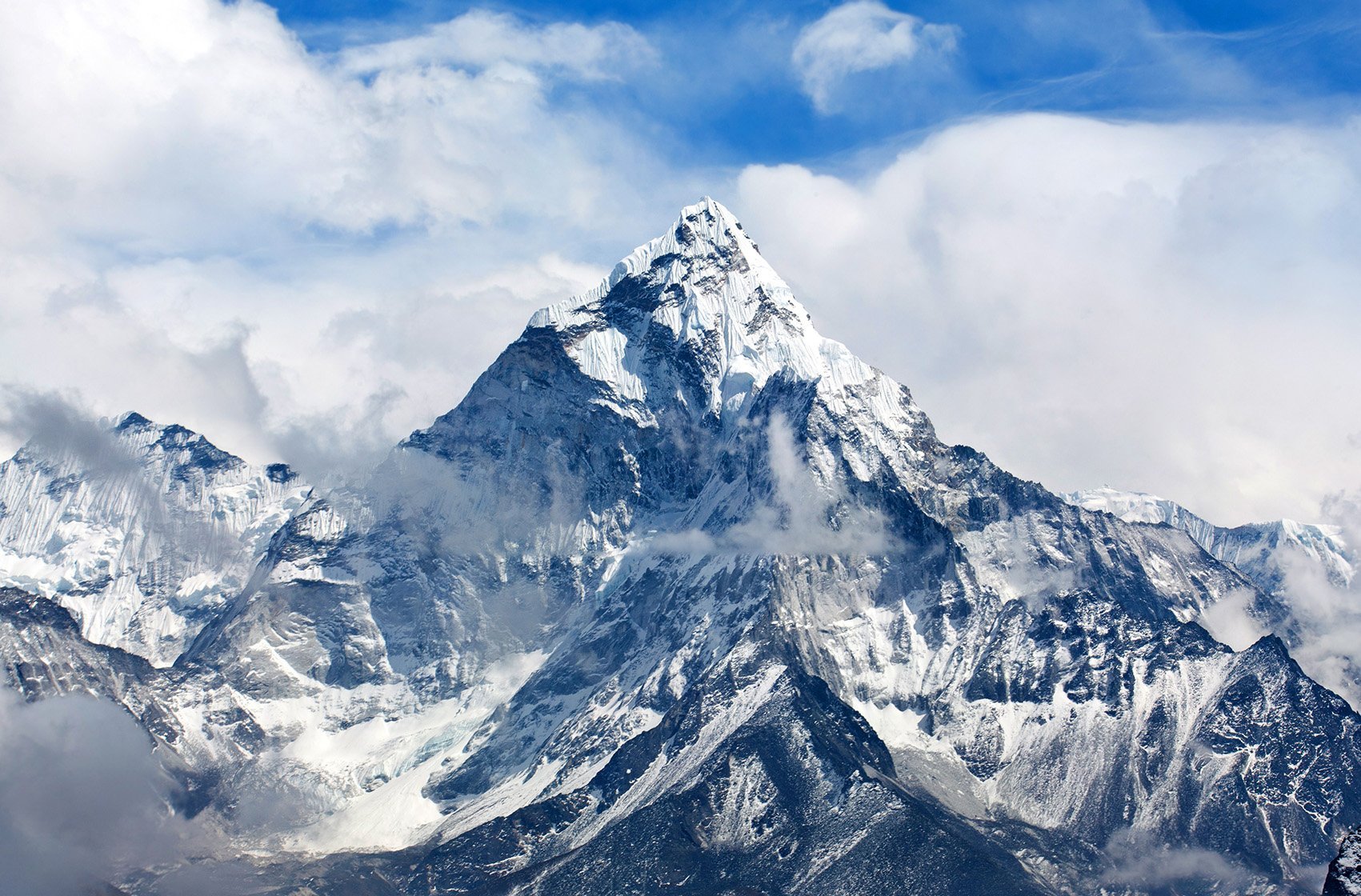We’re told hydropower generation is cheaper (Tsh36 per unit) compared with Tsh147 using nat-gas. But, isn’t it viable to fuel power generators with nat-gas and export the power so-generated to neighboring countries?
We can then happily go on with our newly-found pet Stiegler’shydro-project to produce power for domestic use. After all, we’re now assured of nat-gas supplies – but not of full hydro-dams at all times. What do experts and government say to this, pray?
Today June 20, is ‘Gas Sector Day’ in the Republic of Azerbaijan, a country in the South Caucasus region of Eurasia at the crossroads of Eastern Europe and Western Asia. With a population of some 9.96 million souls, Azerbaijan’s GDP at the official exchange rate in 2017 was US$39.21bn and boasted US$3,877 GDP per capita.
By comparison, Tanzania is home to 54.2 million souls; $50.5bn in GDP, and a relatively measly $867 GDP per capita.
Two-thirds of Azerbaijan is rich in natural gas (‘nat-gas’) and oil – making the country one of the largest nat-gas producers in the world, producing about 29 billion cubic meters of gas per year.
‘Gas Sector Day’ in Azerbaijan – also known more formally as ‘Oil and Gas Industry Workers Day’ – is an official professional holiday which was established as such by President Ilham Aliyev in 2006 to commemorate the 70th anniversary of the creation of the Azerbaijani gas sector.
So, ‘Gas Sector Day’ is considered a significant professional holiday in Azerbaijan’s calendar because the nat-gas industry is one of the most important sectors of the country’s economy. On June 20 of each year,
“All gas sector workers in Azerbaijan are ceremoniously congratulated and thanked for their hard work and significant contribution to the country’s development and prosperity.”
In any case, Gas Sector Day is a public holiday in that country.
After exploring for nat-gas for more than 50 years, Tanzania finally discovered commercially-viable nat-gas deposits on-and-off-shore Songo-Songo Island in the Lindi Administrative Region in 1974 – commercialized in 2004.
That discovery was followed by another off-shore Mnazi Bay in Mtwara Region in 1982. It ‘went commercial’ in 2006. This upped the exploration fever and – what with one thing leading to another – more discoveries were made in due course of time and events, resulting in a total of 57 trillion cubic feet (tcf) of recoverable natural gas.
So, Tanzanians were swept away on a wave of excitement…
At least five up-stream oil and gas companies are currently operating in Tanzania, whose annual natural gas production increased from 5.2 billion cubic feet (bcf) in 2006 to 35.1bcf in 2013. Nat- gas consumption per capita rose from naught to 571 cubic feet. [See <https://www.tanzaniainvest. com/gas>].
Noting that politicians seeking power during the 2015 general elections promised manna from the nat-gas discoveries this side of Heaven and that household incomes would soar – ‘Business Times’ reports that this has not happened on the ground!
Instead of the government encouraging and otherwise supporting investments in power generation using domestic nat-gas, ordinary Tanzanians say they’re flabbergasted to see the government frantically turning to hydropower generation.
They, of course, have in mind here the 2,100mw Stiegler’s Gorge power project on River Rufiji, slap-bang in the vast UNESCO-designated World Heritage Site, the Selous Game Reserve.
The government states that hydropower generation is cheaper at Tsh36 per unit, compared with Tsh147 using nat-gas.
I’m not going into the pros and cons, merits and demerits, here of the decision to expedite (albeit somewhat belatedly) the Stiegler’s project. But, is it not possible, viable, to fuel power generators with nat-gas – and export the power so-generated to neighboring countries?
We can then happily go on with our newly-found pet Stiegler’s Project to produce power for domestic use. After all, we are now assured of nat-gas supplies – but not of full hydro-dams at all times! What do experts and the government say to this, pray?
Cheers!

















Comments